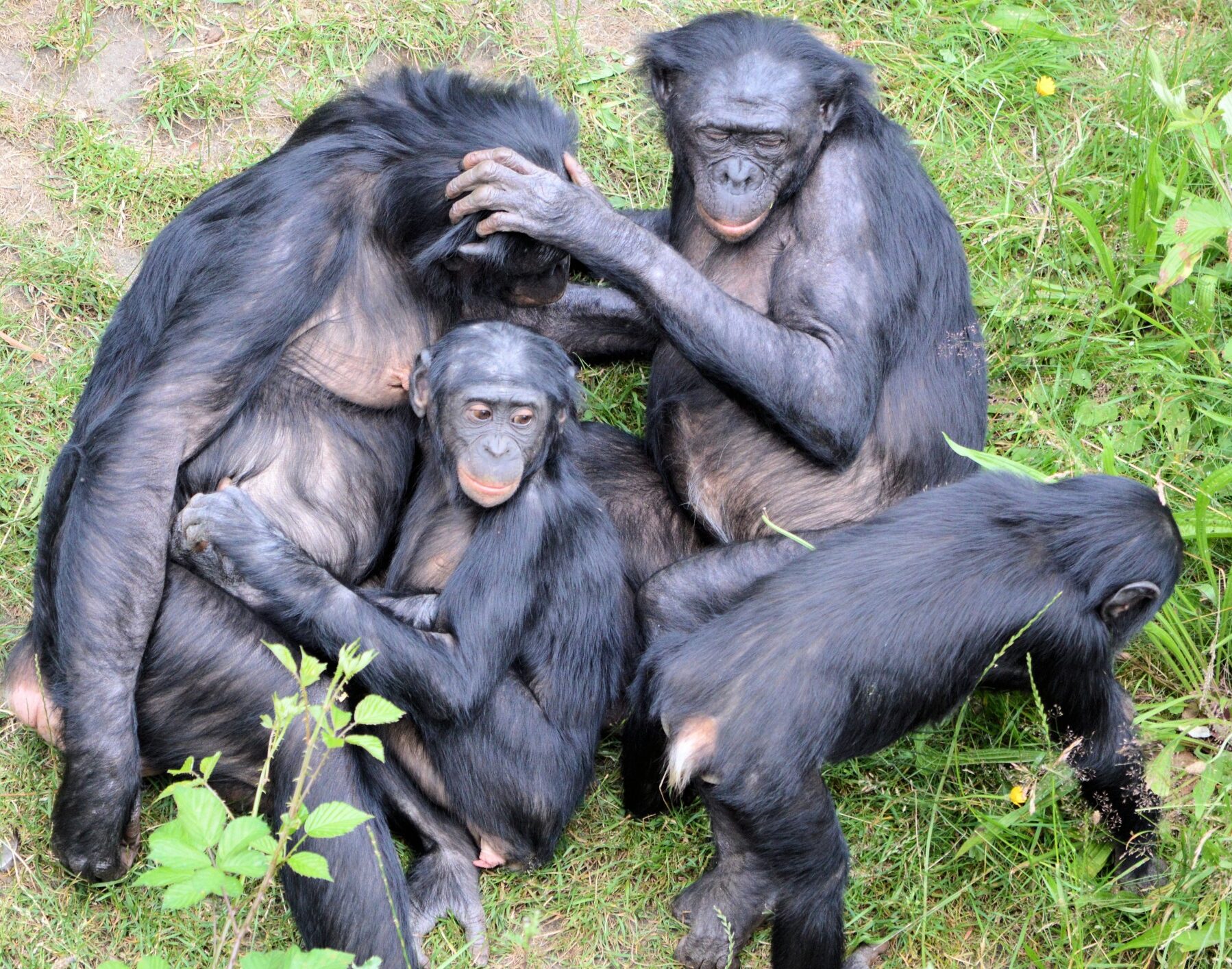Have you ever wondered how animals decide when to stop resting, start hunting, or switch activities? A new study reveals that meerkats, coatis, and spotted hyenas — three very different wild mammals — all share surprising similarities in how they structure their daily behaviors.
How They Tracked Behavior: Motion Sensors and Machine Learning
Scientists strapped motion-sensing collars on the animals to record their movements. For meerkats and hyenas, they used machine learning, a type of artificial intelligence, to figure out what the animals were doing. Computer programs were trained using video footage of the animals labeled with behaviors like “foraging,” “standing,” or “running.” These programs learned to match accelerometer data (like how fast the animal moved) to specific behaviors.

The Longer They Do It, The Less Likely They Quit
Once an animal began a behavior, like foraging or standing, the chance it would stop actually went down the longer it kept doing it. For example, if a hyena walked for 10 minutes, it was less likely to stop in the next minute than if it just started. This pattern appeared in all behaviors and species, even though scientists expected risky actions to become harder to keep up over time.
No “Typical” Time for Behaviors
The study showed animals don’t have a “normal” duration for activities. How long they did something, like resting or scavenging, followed “heavy-tailed” patterns. This means most behaviors were short, but some lasted hours, with no average time that summed it up. These findings suggest animal behavior is full of unpredictable extremes.
Predicting the Future Gets Trickier Over Time
Researchers tested how well an animal’s current behavior could predict its future actions. Predictability faded slowly at first, then dropped sharply after a certain time. For meerkats and coatis, predictions worked for about 15 minutes before falling apart. Hyenas? Their behavior stayed predictable for nearly 45 minutes. This hints that their actions have a “long-range memory.”

Credit: Joseph C. Boone, CC BY-SA 3.0
Why Do These Patterns Exist?
The team proposed two ideas. First, “positive feedback”—like social habits or rewards—might make animals lock into behaviors longer (e.g., coatis sticking together while foraging). Second, overlapping processes—like hunger and predator alerts—might mix to create these patterns. Simple explanations, like random behavior, didn’t fit the data.
What’s Next?
The study leaves big questions: Do all animals follow these hidden rules? For now, one thing’s clear: from tiny meerkats to fierce hyenas, the wild world runs on rhythms scientists are just starting to understand.
***
“Behavioral sequences across multiple animal species in the wild
share common structural features.” Minasandra et al. bioRxiv pre-print (2024).








